Garmin recently released a very buggy new firmware for edge 1040, 840 and 540. There are two huge problems with this new firmware (21.x) concerning map rendering. All maps published June 02 or later are therefore adapted.
a) Layout in the maps is defined via a .typ file. In this typfile there are two ways to define how streets should render. One is by setting two colours, one for the line and one for the border. And the other is by using two colours and creating a simple bitmap (32x32px). Likely to increase contrast or whatever Garmin decided to render the border in 4x the width that is defined in the .typfile. This doesn't affect most of their modern maps as they only used a line color without border - but in many older maps Garmin also uses a border colour. Now it sounds like the obvious solution to just switch to bitmap instead of line/border - but the problem is that most garmin devices render bitmap lines different and it looks worse. As I believe that about half of my users use the openmtbmap/velomaps with Garmin edge devices I decided to remove the borders and render most streets in single colour only. Before most roads hat a grey/black border. The alternative to use bitmap lines instead I felt is worse.
b) the 21.x firmware devices do not respect the settings regarding labels correctly. Nothing I can fix here. You can chose however unter map layout to not show labels for certain categories.
I spent a lot of time changing all the different typfiles but I would still recommend you to not update. Rolling back is possible by putting an older GUPDTATE.GCD firmware file into the /garmin folder - however this fully resets the device so is quite annoying. You can prevent updates of garmin edge gps devices by placing a dummy GUPDATE.GCD file into the /garmin folder (rename a text file with no content but a blank/space to this). I don't know if other garmin devices will also roll out in future with this broken fimware. It had been reported to garmin on their beta firmware but they didn't fix it.
I had previously decided to remove the "Thin" layout from the OpenMTBMaps to save my time adapting it when I change things to the layout. After several requests I have now re introduced the Thin layout for the OpenMTBMaps and also added a thin layout to the VeloMap. It is 1px thinner than the classic/velo (legacy) layout. I think it's only useful for GPSMap 60/62/64/65 devices with low resolution displays - all other garmin devices have higher DPI. As sometimes people ask about which layout to chose - I add an explanation again here (and in other places in help files/website):
The new layout selector in the Windows installer with additional Thin layout
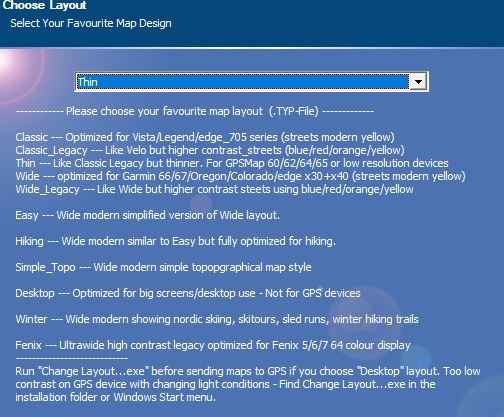
Basically the layouts differ on use case, line width and colour of roads. "Legacy" typfiles use the higher contrast blue/green/red/yellow street differentiation - while "modern" layouts use a lower contrast red-yellow road differentiation. The philosophy behind this is that on legacy typfiles you know exactly what kind of classification a street has, while the modern layout there is a more fluid approach from motorways to small roads that subconciously tells you the road class. Google maps is a prime example of modern type of layouts - while typical German road maps are the inspiration for the legacy layout. Modern layouts give you a better overview when looking at the map on a big screen/display as it's easier for the brain to class importance in an instant and looks nicer/calmer - while legacy layout gives a more exact classification but needs more time to process the information and looks less nice. The width of the layout should be chosen according to the DPI of your device and preferences. As most currently sold garmin devices (except smartwatches) are optimal in my eyes for the Wide layouts - special layouts like, winter, hiking, easy or topo are only available in wide style.
Which .typ file should I choose (OpenMTBMap) - Sorted from Thin to Extra Wide?
Thin - optimized for GPSMap 60/62/64/65 (2px small roads/trails/tracks)
*mthn --- Thin layout - like Classic legacy but even thinner lines. For low resolution Garmin GPS devices like GPSMaps series.
Medium width - - optimized for Vista/Legend/edge_705 (3px small roads/trails/tracks)
*clas --- Classic series - red/yellow streets - rather thin for lower DPI Garmin devices
*cllg --- Classic Legacy - Like above optimized for Vista/Legend/edge_705 series - blue-green-red-yellow streets
Wide - optimized for Oregon/Colorado/edge x30/edge x40/GPSMap 66/67 and more modern devices. (4px small roads/trails/tracks)
*wide --- high contrast layout, like classic but with white forest and wider streets/lines - red-yellow streets
*wdlg --- same as above - but blue-green-red-yellow streets
*easy --- Simple Layout with (nearly) no additional info over traditional topo maps. Same width as Classic. No add. lines for (mtb:scale(:uphill)/cycleway=*/sac_scale)
*hike --- Similar to easy but fully optimized for hiking.
*wint --- Winter - like hiking layout - but optimized for Winter Sports (does not show mtb/bicycle informations). Shows sledge routes, nordic skiing and skitouring routes.
*topo --- Simple topopgraphical map style - Easy to understand - high contrast.
*trad --- Mapsource/Basecamp/Qlandkarte_GT/Desktop --- General big screen/resolution layout. It is the easiest to understand layout and optimized for big screens (800x600 or bigger). Street colors similar to google maps. Medium contrast - therefore bad for GPS use.
Extra Wide - for 64 colour Display of Fenix watches / watches with MIP Display (5px small roads/trails/tracks)
*fenx --- Fenix - similar to Wide Legacy but optimized for Fenix series 5/6/7 watches which can only show 64 colours
Other recent Updates.
I have once again reworked a bit how to draw tracks and ways with mtb:scale information. I had changed this 2 years ago and now went back a little bit to how it was before hoping it's a better compromise. It's always hard to chose the different colours. In general dark colours are better contrast on Garmin GPS devices MIP displays - but some colours like purple, turqoise, yellow, green or red also stand out well. However purple usually is used for routes/tracks. while turquoise is used for showing the way you traveled for trackback and if used for roads could be easily confused with water objects. That's why I chose green for ways rated with mtb:scale and for mtb routes. Now brown (used for hiking trails sac_scale) actually has better contrast but green stands out more in the map. That's why I decided to use green for mtb trails and brown for hiking trails. As for colouring mtb trails like skislopes from very easy (green), easy (blue), intermediate (red) to difficult (black) - that would just work out for an overlay - but destroy any other kind of information in the map. Also with different skills of mtbikers the classicication in 4 levels is simply not enough, same goes for hiking classification on difficulty.
New contourlines for Italy and Republic of Cyprus. Since 2 months finally all of Italy is available with contourlines based on LIDAR data - before this was patchy for some regions only with the rest based on satellite DEM data. For Cyprus (just the South) contourlines are now finally also based on LIDAR. That kinda only leaves Portugal, Ireland, Hungary, Bulgaria, Greece and small parts of Romania and Croatia in the EU without LIDAR based contourlines. And of course quite a lot of bugs or adaptions to OSM keys/terminology I update as always.
The reintroduced Thin Layout - Hofgarten Innsbruck.

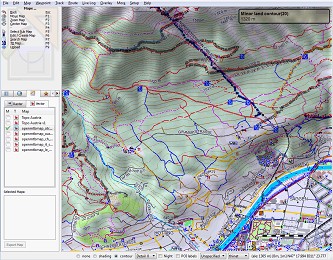





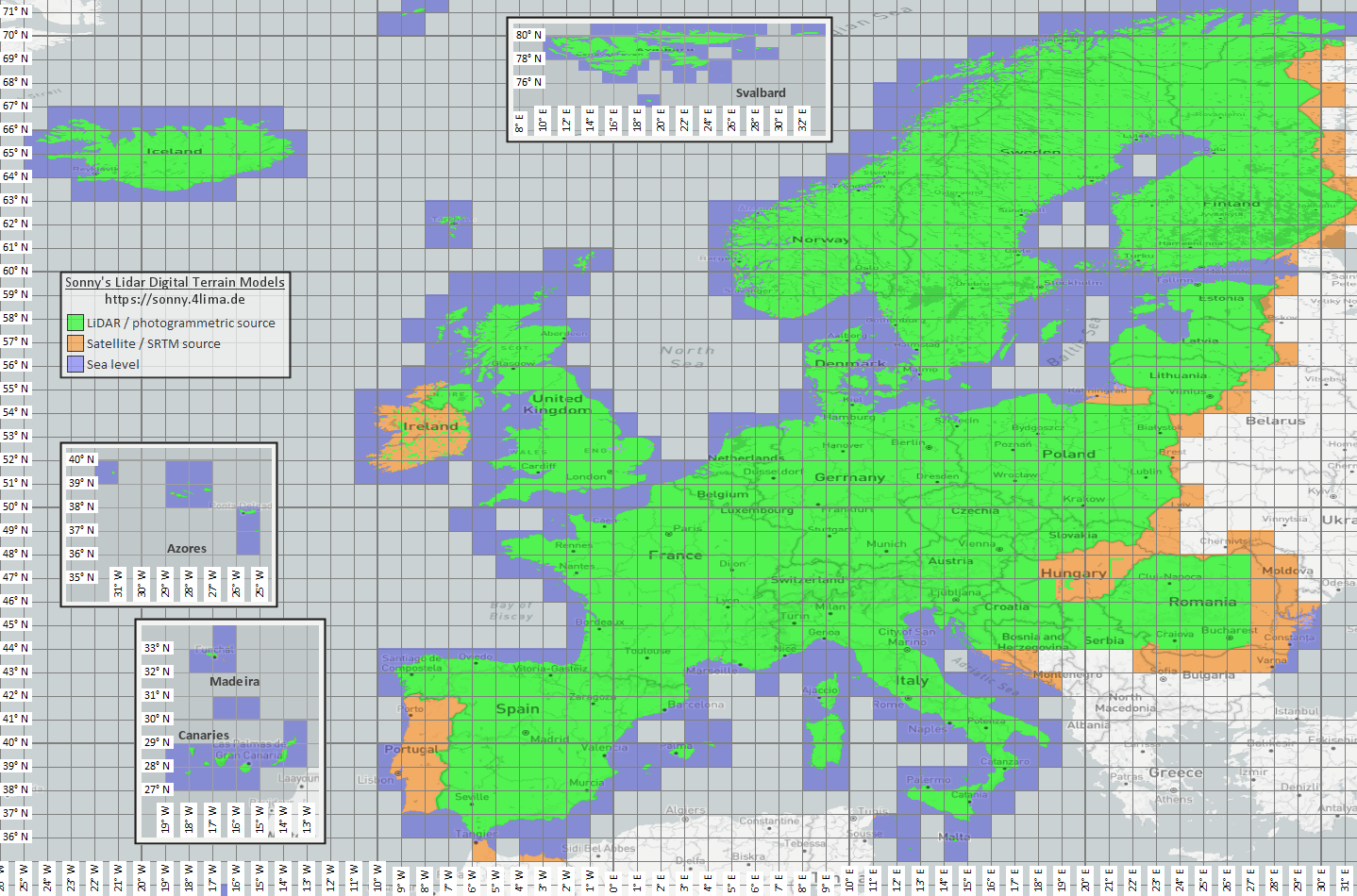
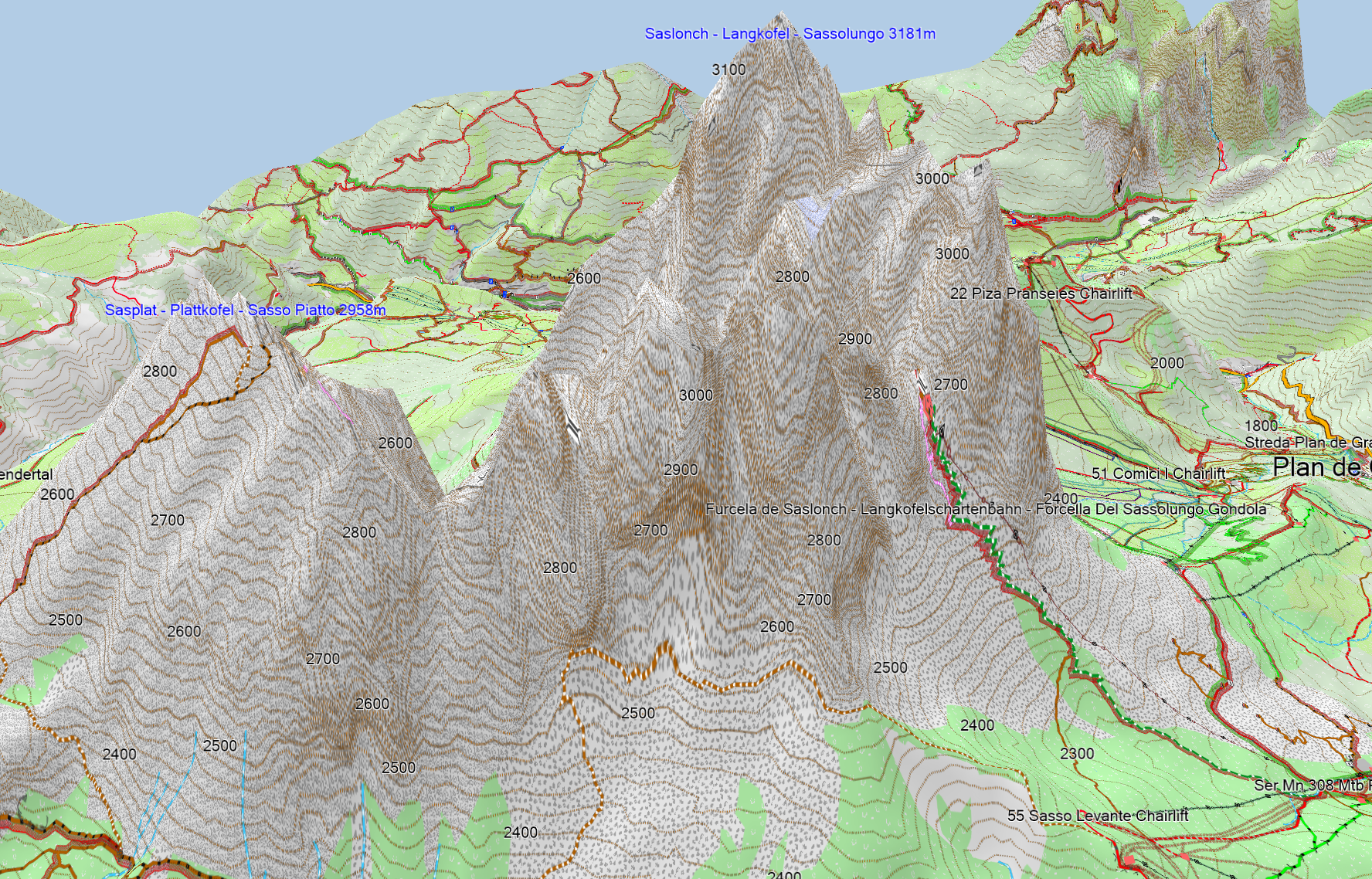
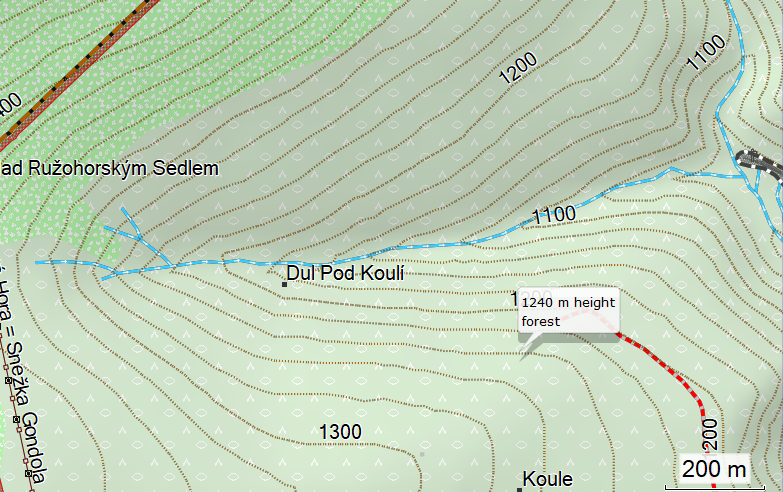
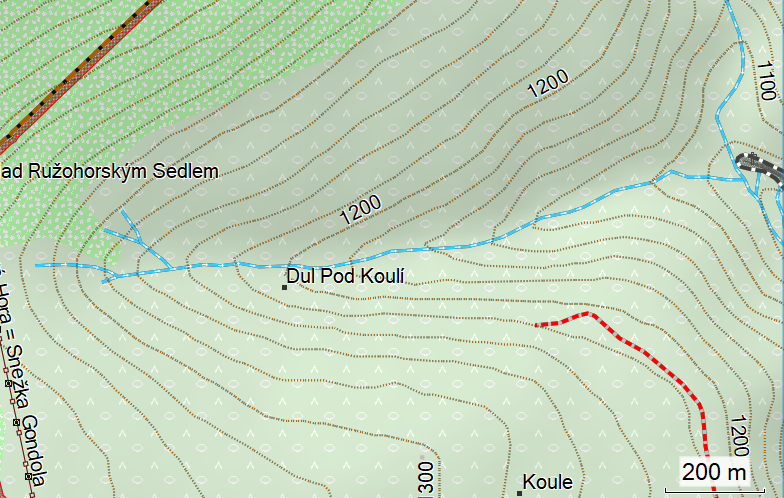



Recent Comments